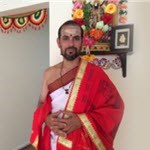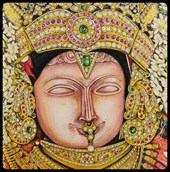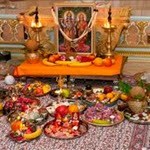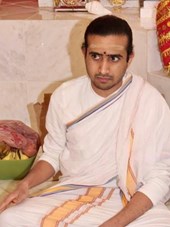How Is Hindu Temple Worship Conducted Religiously And Methodically?
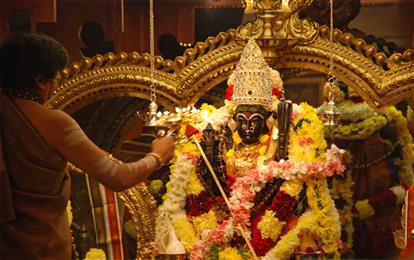
For Hindus, the place of worship is a temple, or a mandir. A temple is the place where Hindu idols reside and it is believed to be the home of Gods. Primarily, pujas are conducted inside the temple premises and elaborate religious services are offered by participants from different Hindu sects and cultures. The religion believes in doing all their activities in a grand way that requires a lot of preparation before entering the temple. Some temples even have dress codes to be maintained by participants. Nevertheless, it is all done in good faith for humanity.
Steps to Perform a Religious Puja in a Temple
There are a series of steps to follow before entering the temple, which continues till you exit the premise. The rituals Hinduism maintains can differ from one state to another and even from one city to another. Here’s what you have to follow before offering your prayers and puja to the temple:
- Entering the place of worship: Each and every Hindu temple has their specific Gods or idols, such as Ganesha or Shiva. Once you enter the temple, as a worshipper, you must ring the bell in order to announce your arrival to God. Then, it is customary to visit all the shrines within that temple and offer your prayers and flowers. There is a custom of walking clockwise around the shrine of the temple, which holds religious values. Thereafter, devotees can place their offerings and honor the idol, after which puja is performed.
- Hindu Puja: Hindu pujas are no less than a ceremony. During a puja, devotees are seated in the temple and priests chant Sanskrit slokas, make hand gestures, and involve people in their prayer. Various offerings are made during the puja, which may have been given by participants and devotees. Different types of pujas have different rituals, which is performed by priests. Devotees like to go through the procedure, capturing each and every moment through their eyes, and enjoying the holy bliss.
- Sacraments: Puja sacraments, or blessings, hold special value in the life of a devotee. After the puja, the priest holds up the lamp in front of devotees, and they then wave their hands over the flame thrice. This is believed to be the blessing of the deity and is considered holy. Devotees that might want to take sandalwood paste, red powder and the blessed water can come ahead and take it as they want too. Sometimes, even Prasad, such as sweets or food, is offered to devotees at the end of the puja.
When a puja is conducted in a large scale, Hindu priest services may be hired to perform rituals with great spirit and holiness. Only holy priests can carry out a puja with devotion, meeting all requirements, to satisfy the deity.
